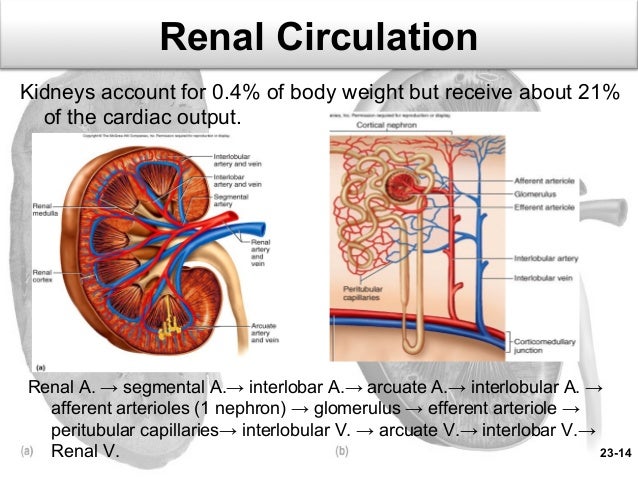What is the difference between the coronary circulation and renal circulation?
1 Answer
Coronary circulation is circulation of blood in the blood vessels supplying heart wall.
Renal circulation is circulation of blood through vessels of kidneys.
Explanation:
Tissues in heart wall get bare minimum oxygen from heart chambers. Cardiac muscles which need a lot of energy to continue rhythmic contraction, are supplied oxygen by left and right coronary arteries . Both these arteries arise from the base of aorta as it comes out of left ventricle. The arteries will divide in branches to form extensive capillaries.

The blood after delivering oxygen to muscles will return via coronary veins in coronary sinus, opening directly in right atrium of heart.

Kidneys are supplied by a pair of renal arteries arising from descending part of aorta, left renal artery enters left kidney and right renal artery enters kidney of right side. The blood returns via paired renal veins , draining in inferior vena cava. Blood delivers oxygen to renal tssue, but renal circulation also helps in filtering nitrogenous waste products of blood by the kidneys.

Inside the kidney, two capillary beds are generated instead of normal one capillary bed .
- First is called glomerulus - a tuft of capillaries with high blood pressure where ultrafiltration will take place. The supplying vessel is called afferent arteriole while the vessel that drains is called efferent arteriole. The filtrate will accumulate in Bowman's capsule of nephron.
- Second one is called peritubular capillaries, formed by division of efferent arteriole - The filtrate produced by ultrafiltration contains a lot of materials which are not supposed to be excreted: these valuable materials are reabsorbed in the blood flowing through peritubular capillaries.

